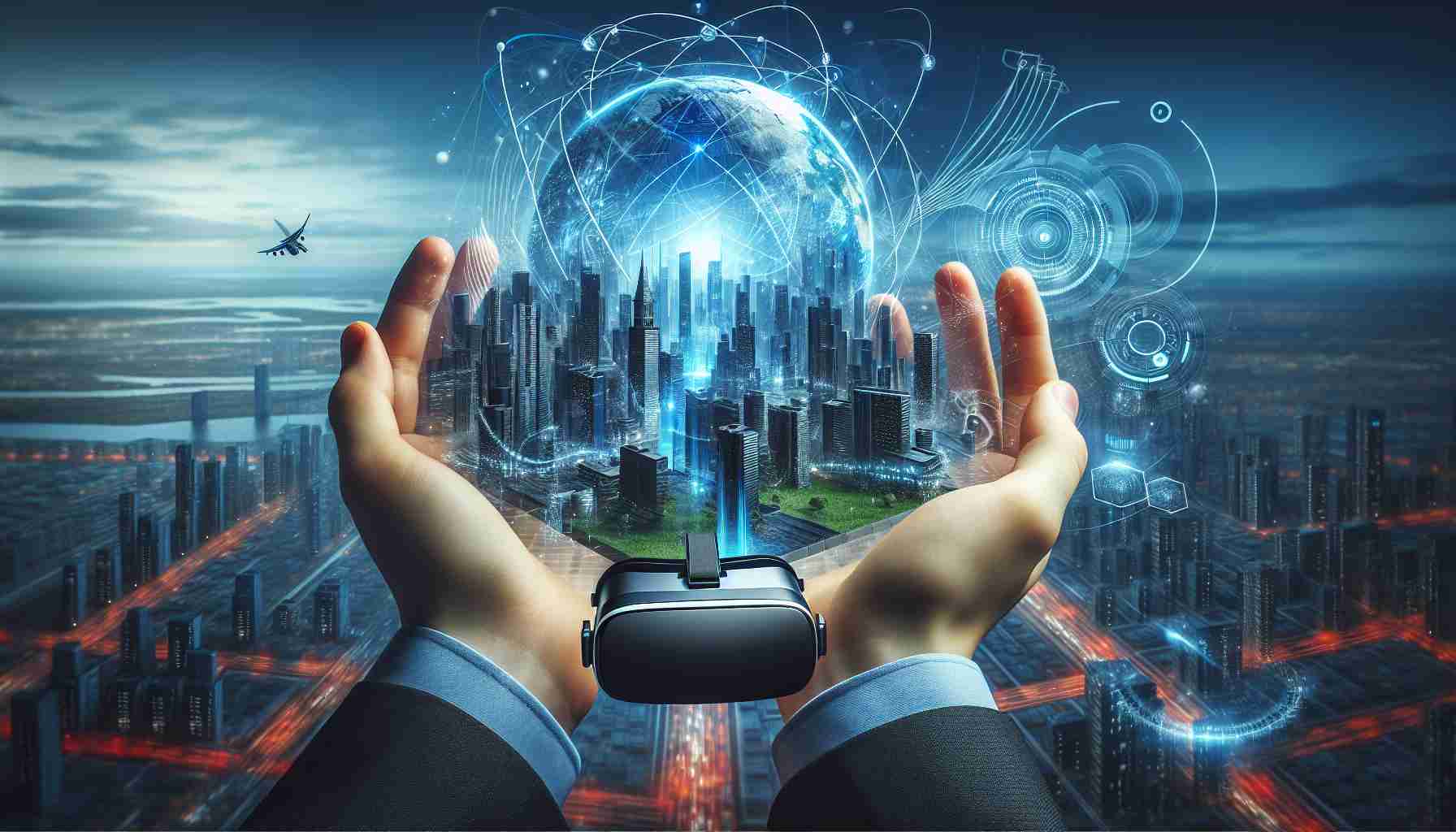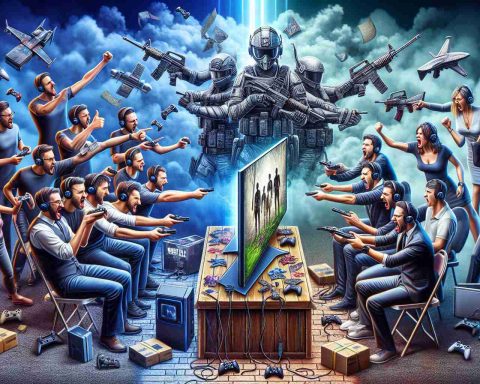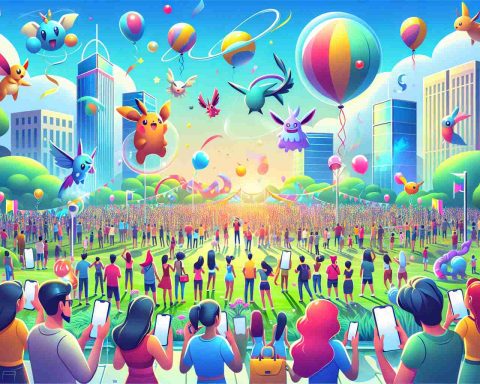FAQ
# What Defines Virtual Reality (VR)?
VR encompasses simulated experiences that can closely mimic reality or transport users to entirely different environments. This is typically achieved through specialized headsets that immerse individuals in digital realms.
# What Constitutes Augmented Reality (AR)?
AR integrates computer-generated visuals seamlessly into real-world environments, offering users an enhanced perspective blending both digital and physical elements.
Diving into New Dimensions
Innovators are not solely concentrating on enhancing visual fidelity; they are also venturing into integrating tactile sensations through gloves or handheld devices to enrich user interactions. Delving into the realm of lifelike sounds and unique fragrances in virtual settings further blurs the line between perceived and actual reality, captivating human senses.
Business Transformations
With the maturation of VR and AR technologies, their potential business applications are burgeoning across diverse sectors. For example, remote workers can use VR headsets to virtually participate in meetings with a heightened sense of presence, surpassing conventional video calls in immersive quality.
Another scenario unfolds in remote troubleshooting, where AR glasses empower novices to receive on-site guidance from expert technicians, slashing travel costs. These technological strides hold the promise of revolutionizing operational workflows and customer engagements.
Consumer Engagements
The array of possibilities for consumer interactions through VR and AR technologies is expanding rapidly. Real-world social activities can seamlessly transition into virtual realms, enabling shared experiences like group shopping, live event attendance, virtual explorations, or access to support services.
Additionally, VR opens avenues for enhanced healthcare support by placing individuals in specially crafted virtual environments for therapeutic guidance and training under medical supervision, fostering improved well-being.
Network Ramifications
The surging popularity of VR and AR tools raises network capacity apprehensions. Delivering top-notch VR encounters may entail streaming ultra-high-definition videos at resolutions like 8K or 12K, potentially straining certain networks and service quality. Nurturing abundant bandwidth and leveraging cutting-edge wireless solutions are imperative for businesses and consumers to relish seamless VR and AR applications unhindered.
In conclusion, notwithstanding ongoing hurdles in VR and AR advancements such as equipment expenses and content creation intricacies, fortifying network infrastructure to bolster these technologies is indispensable for ensuring frictionless experiences. The radiant future of VR and AR beckons, poised for extensive integration across entertainment, education, healthcare, and architectural realms. Staying attuned to technological evolution and adapting business strategies accordingly will be fundamental in embracing the diverse spectrum of VR and AR offerings.
In Poland, the VR and AR sector has witnessed remarkable expansion, with a market value estimated around 23 million Polish zlotys in 2020 and an anticipated annual growth rate of 10-15% in forthcoming years. Companies spanning gaming, architectural design, education, and medical fields are already harnessing these cutting-edge technologies for varied purposes. Challenges persist, such as high equipment costs and the imperative of robust content generation processes. Moreover, optimizing network infrastructure to accommodate these tools remains a pivotal necessity to ensure seamless VR and AR experiences.
Sources: [codete.com](https://codete.com)
The source of the article is from the blog publicsectortravel.org.uk







